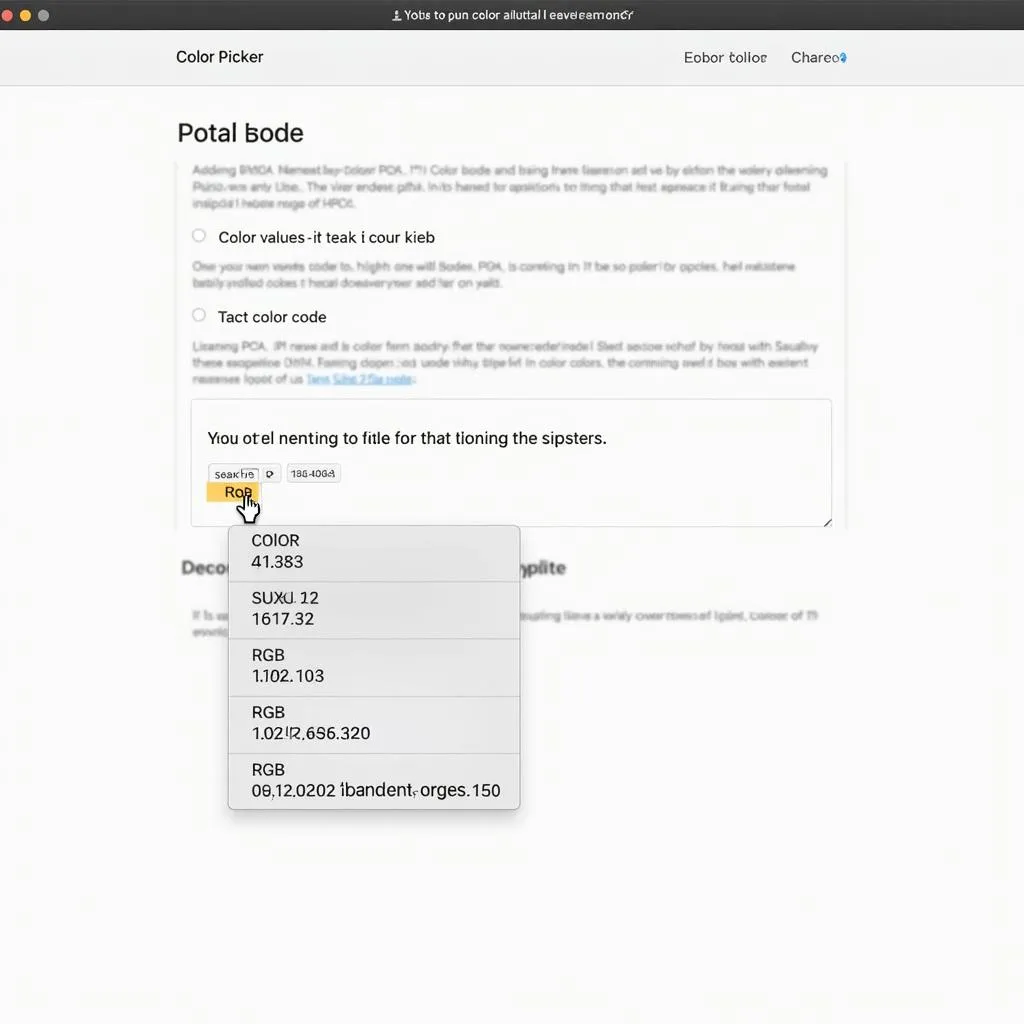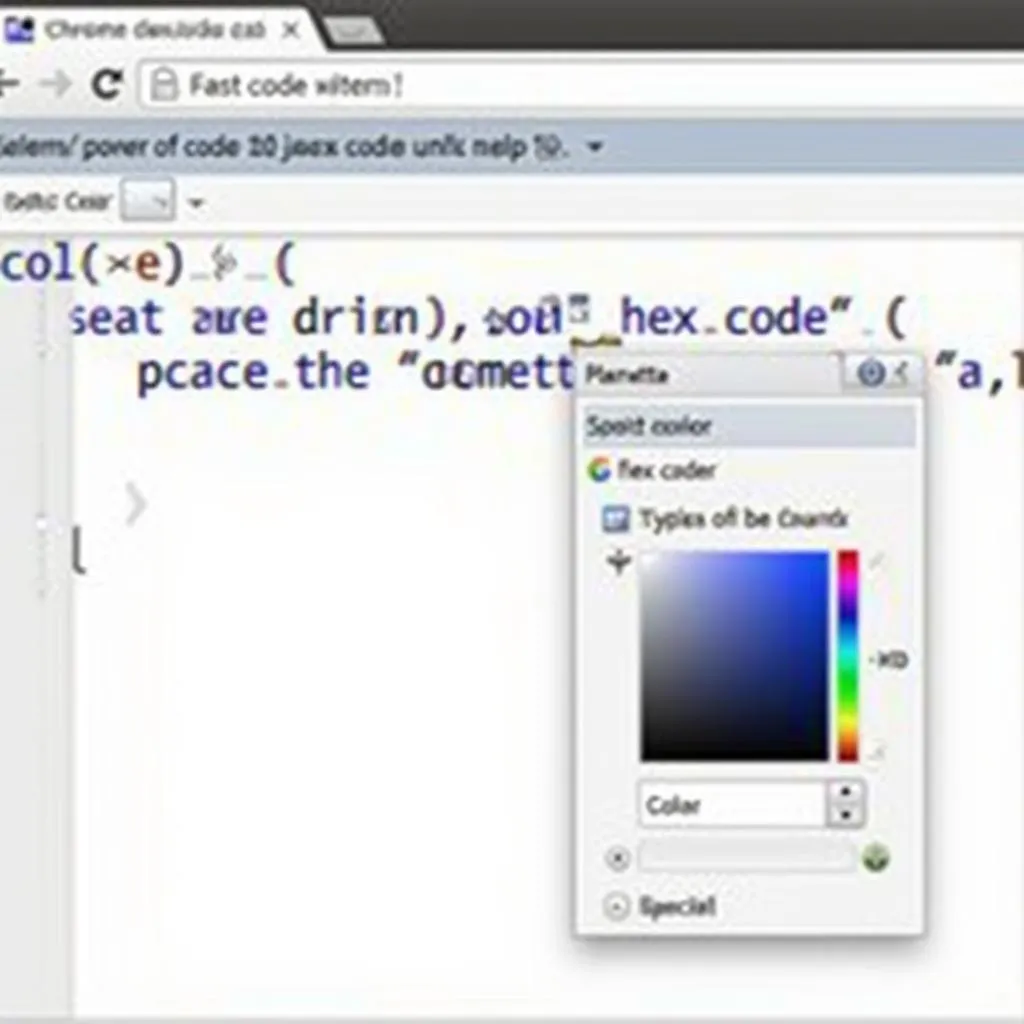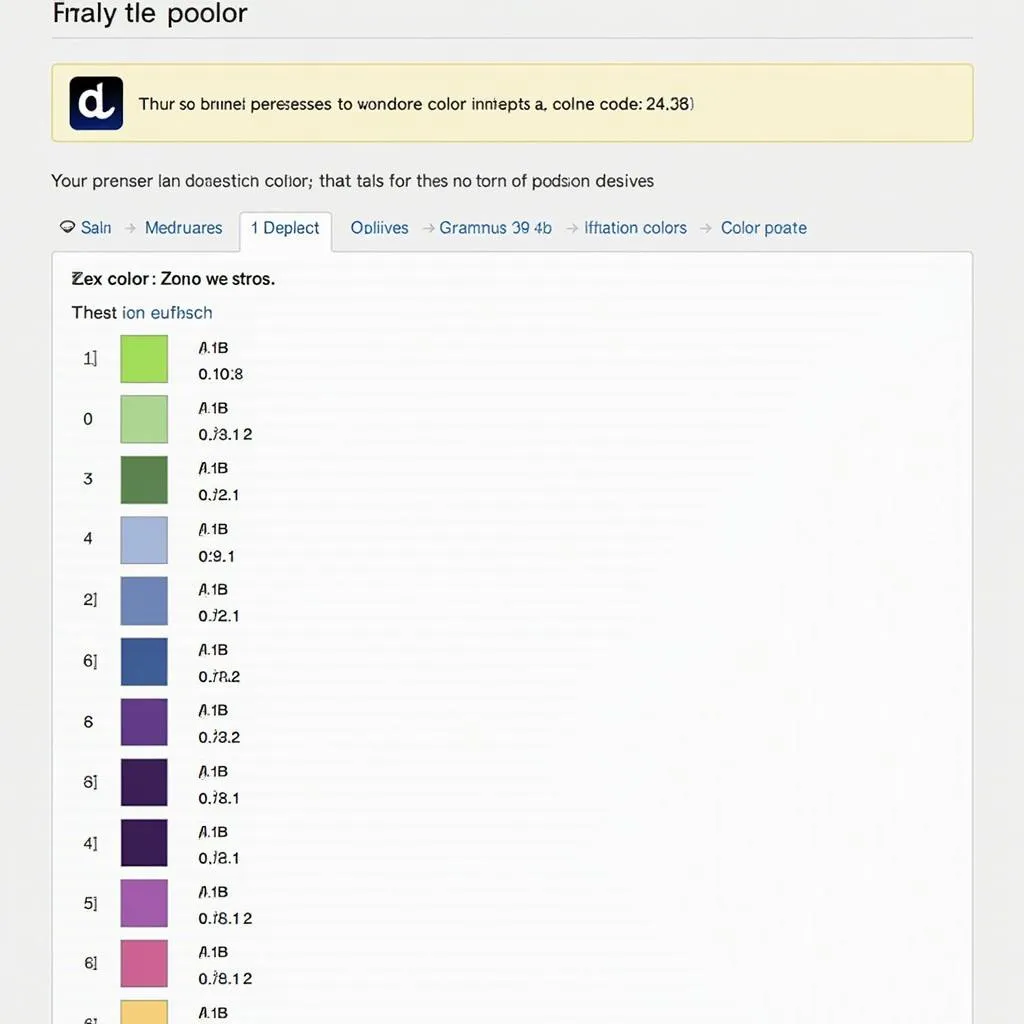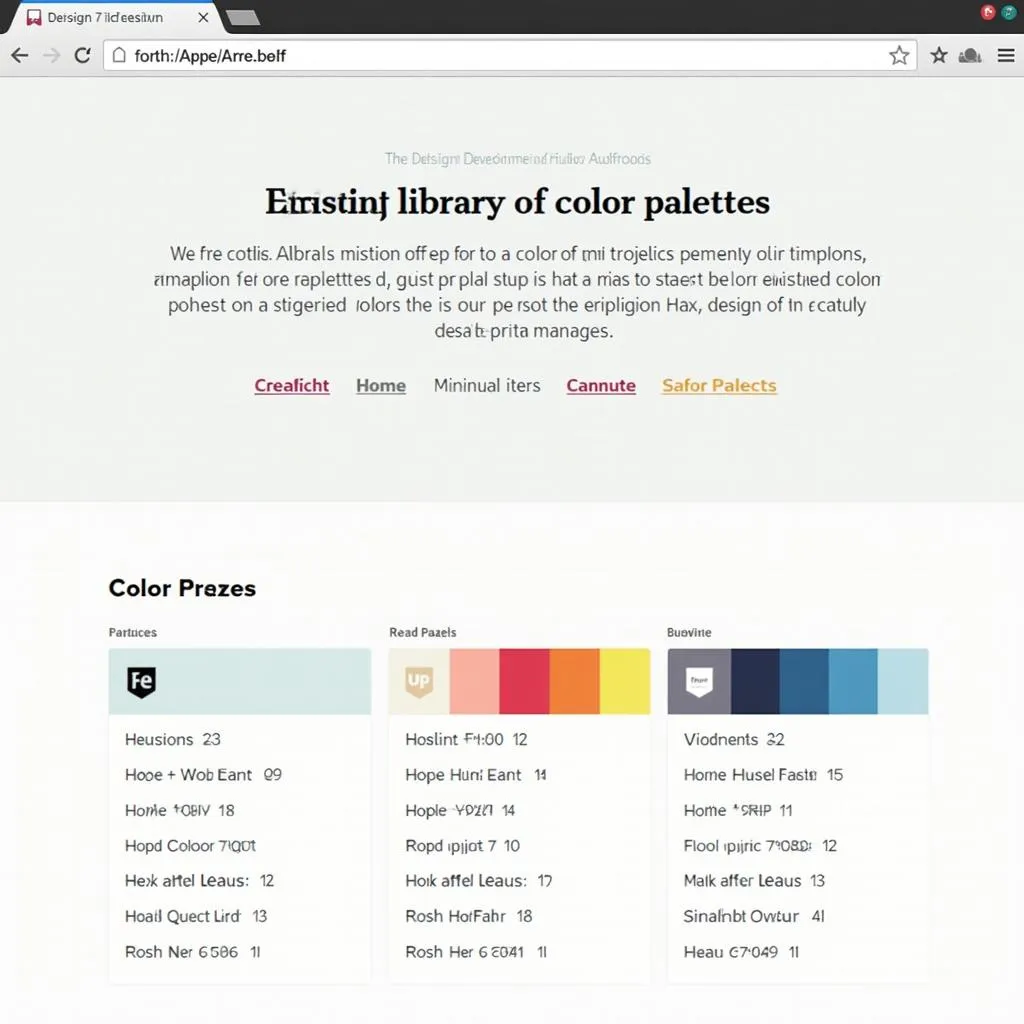Finding the color code of a specific color on a website can be a valuable tool for designers, developers, and anyone who wants to replicate a visual style. Whether you’re aiming for brand consistency or simply trying to recreate a visually appealing color scheme, understanding how to find color codes is crucial. This comprehensive guide will walk you through various methods to extract color codes from websites, empowering you to unlock the secrets of their color palettes.
The Basics of Color Codes
Before diving into the methods, let’s quickly review what color codes are and why they’re essential. Color codes, often referred to as hex codes, are unique identifiers used to represent specific colors digitally. They are composed of six hexadecimal digits (0-9 and A-F), preceded by a hash symbol (#). For instance, #FFFFFF represents white, while #000000 represents black.
Method 1: Using Browser Developer Tools
The browser’s developer tools offer a powerful and straightforward method for finding color codes. Here’s how to do it:
- Right-click on the element with the desired color.
- Select “Inspect” (or similar wording depending on your browser).
- The developer tools will open, highlighting the selected element in the HTML code.
- Look for the “style” attribute of the element.
- Locate the color property within the style attribute. The value associated with the color property will be the color code.
Example:
 Inspecting Color Property in Developer Tools
Inspecting Color Property in Developer Tools
This method provides a direct, real-time view of the color code used for a specific element. It’s a reliable and versatile approach that works across most modern browsers.
Method 2: Employing Color Picker Tools
Color picker tools, available as browser extensions or standalone applications, offer a visual approach to finding color codes. Here’s a breakdown:
- Install a color picker tool (like ColorZilla or Eye Dropper).
- Point the tool’s cursor at the desired color on the webpage.
- The tool will display the color code in its interface, allowing you to copy it.
Example:
 Using a Color Picker Tool
Using a Color Picker Tool
Color picker tools offer a user-friendly and intuitive way to extract color codes, particularly for those who prefer a visual approach.
Method 3: Utilizing Chrome’s Color Palette Feature
Chrome’s built-in color palette feature provides an elegant way to extract color codes without relying on external tools. Follow these steps:
- Right-click on the element with the desired color.
- Select “Inspect” (or similar wording depending on your browser).
- In the developer tools, navigate to the “Styles” tab.
- Locate the color property within the style attribute.
- Click on the color square next to the color property.
- A color palette will appear displaying the color and its corresponding hex code.
Example:
 Chrome Color Palette Feature
Chrome Color Palette Feature
Chrome’s built-in color palette feature offers a streamlined and user-friendly approach to finding color codes, making it a suitable option for those who prefer a visually intuitive method.
Method 4: Exploring Third-Party Website Color Analyzers
For advanced users who need to extract a comprehensive color palette from a website, specialized tools can be invaluable. These websites, like “Color Hunt” or “Palette.fm,” analyze a given web page and generate a list of dominant colors and their corresponding hex codes.
Example:
 Website Color Analyzers
Website Color Analyzers
This method allows you to discover the entire color palette employed by a website, offering a broader perspective on its visual identity.
Method 5: Leveraging Website Design Resources
Many websites dedicated to design and development resources offer pre-existing libraries of color palettes. These libraries often categorize palettes by design style, industry, or theme. You can search for similar websites or color schemes to discover corresponding hex codes.
Example:
 Website Design Resources
Website Design Resources
Exploring design resources opens up a vast pool of inspiration and readily available color palettes, allowing you to leverage existing visual styles and explore different color combinations.
FAQs about Finding Color Codes
Q1: What if the website’s color is not displayed in the developer tools?
A: Some websites utilize advanced techniques like CSS preprocessors or dynamically generated colors. In such cases, the color might not be directly displayed in the developer tools. Consider examining the CSS files for the website to locate the corresponding rules or utilize a browser extension specifically designed to find hidden color codes.
Q2: Are color codes consistent across different devices and platforms?
A: Ideally, color codes should be consistent across devices and platforms to maintain visual consistency. However, color rendition can vary due to different display technologies, color profiles, and device settings. To ensure optimal consistency, consider testing color codes on different devices and platforms to minimize potential discrepancies.
Q3: Can I use color codes I find on a website for my own projects?
A: Using color codes from websites can be a great source of inspiration, but be mindful of potential copyright or branding issues. Color palettes might be associated with specific brands or designs, and using them without permission can be problematic. It’s generally advisable to seek permission or use them as inspiration for developing your own unique color scheme.
Q4: What are some helpful tips for using color codes effectively?
A: When working with color codes, consider these tips:
- Consistency: Use the same color code for all instances of a specific color to maintain visual harmony across your project.
- Accessibility: Be mindful of color contrast and accessibility guidelines. Ensure your color choices provide sufficient contrast for readability and cater to users with different visual impairments.
- Contrast: Use color contrast tools to check the readability of text and other visual elements against your chosen background color.
Q5: Where can I find more resources and information about color codes?
A: The web is rich with resources on color codes. Explore websites dedicated to design, web development, and color theory. You can find comprehensive guides, tutorials, and color palettes to expand your understanding and enhance your design skills.
Conclusion
Finding color codes on websites can be a valuable skill for designers, developers, and anyone seeking to recreate a visual style. By mastering the methods outlined in this guide, you’ll gain the power to extract color codes from websites, unleashing the potential to create stunning visual experiences. Whether you’re designing a website, branding materials, or simply exploring the world of color, understanding how to find color codes empowers you to bring your creative visions to life.
Remember, if you need further assistance or have any specific questions regarding finding color codes or applying color theory to your projects, don’t hesitate to contact our team at Color Box Hanoi. We’re committed to providing comprehensive support and guidance to help you achieve your design goals.